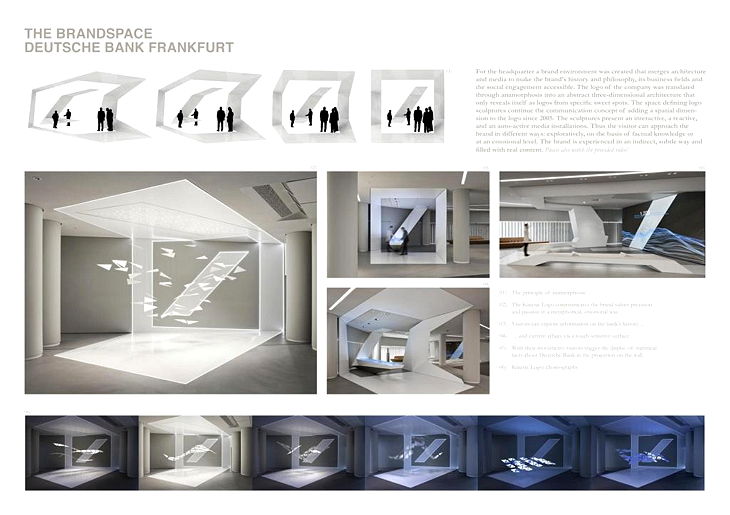Sew La Ti Embroidery [Search results for Environment]
Heritage: A new Zimbabwe site on the World Heritage List?

Redevelopment of the Car Factory In Porte d'Ivry [France, Paris]
![Redevelopment of the Car Factory In Porte d'Ivry [France, Paris]](https://blogger.googleusercontent.com/img/b/R29vZ2xl/AVvXsEivUZLoroGU_FG4ukCnZ7xsCxTfsqj2YH1CHExK101uxOraMd_1EIBrhftjY3S8Z13RRoXT5pNpLKs8augCP1FmwEqrxKqADb8o2HoTL_Ts23b7VzRE1dd7dGU64hRNN_9s3hTvC0eoOG1u/s960/Paris.jpg)
Heritage: Social media and archaeology: A match not made in heaven

East Asia: China starts restoring Great Wall's oldest section

The Duchess dazzles: Kate and William bring a touch of glamour to charity gala
Faena Aleph Residences [Argentina, Buenos Aires]
![Faena Aleph Residences [Argentina, Buenos Aires]](https://blogger.googleusercontent.com/img/b/R29vZ2xl/AVvXsEiD5k3PUF9yUUfbCNdh9RO1zY9C-UUkwZ-x-ixw6XmcYKFO_jlybOFPdD9w7QgjHMwo-58eruFHivYjIsaXWsGnBGimxLT4UA8mqM0HCEPvOaPbZe6NjCuPzSsZpuMd_abQnVY-EPxY9-AF/s800/Buenos-Aires-house.jpg)
Mailboxes for apartments and cottages
The Eco Project in Emirates

Heritage: World Heritage proposal for ancient Indigenous settlement

Italy: Neutron scattering helping conserve the world’s great historic monuments

The Harmonious Residence in the U.S., state of Texas

Brand Space of the Deutsche Bank

Uranium's Impact on Heavy Music, in the words of Mistress Juliya

Entertaining ecology in Hamburg


